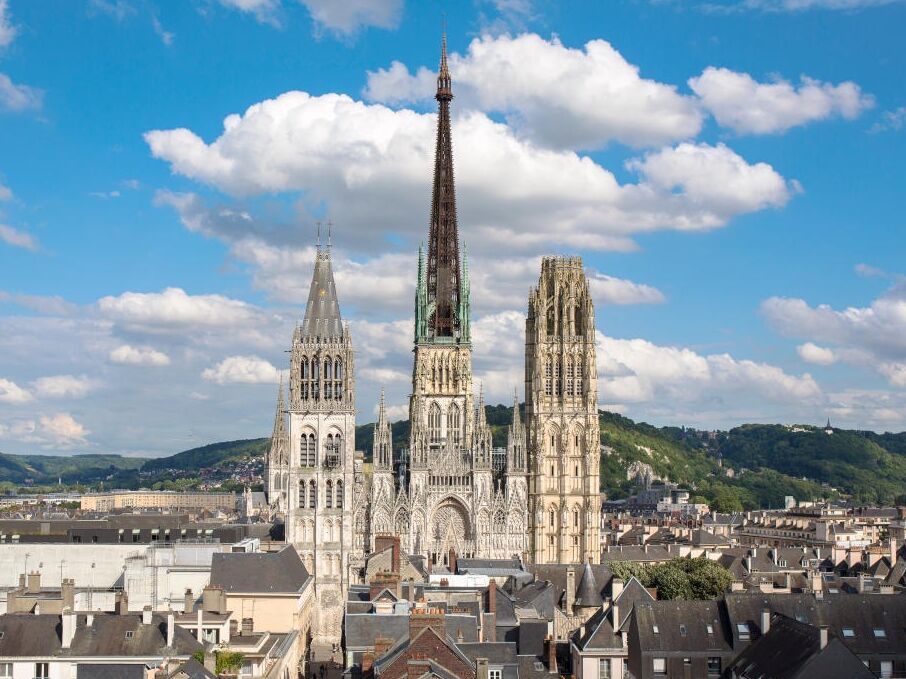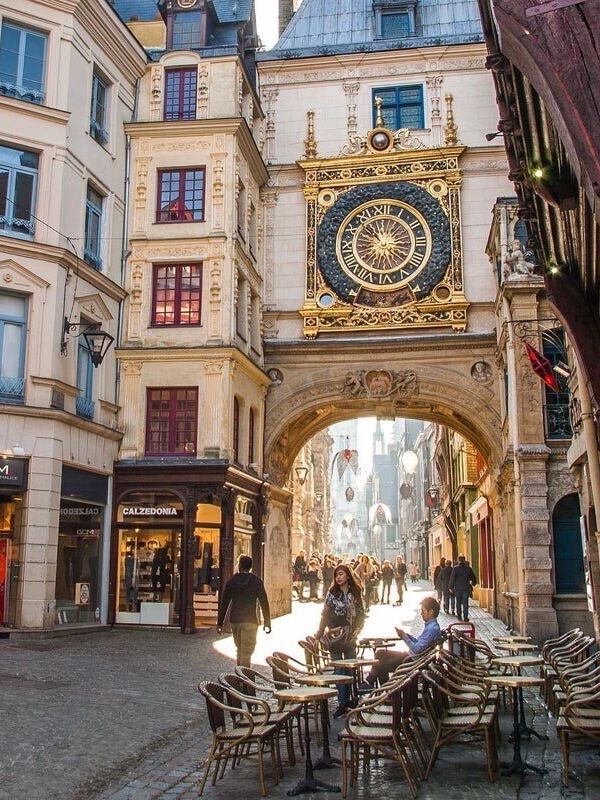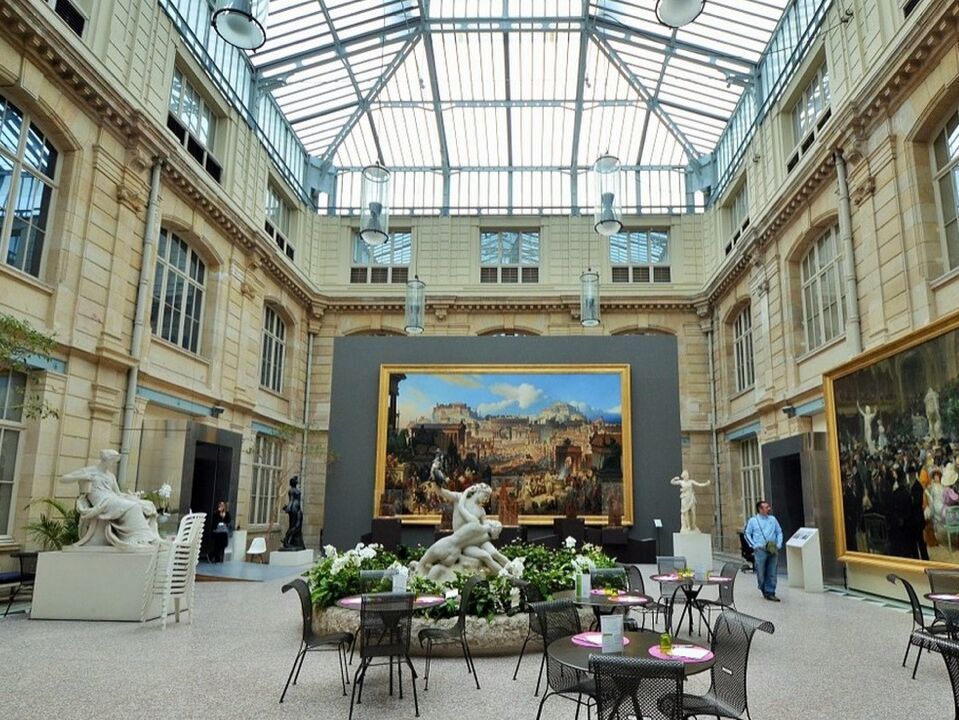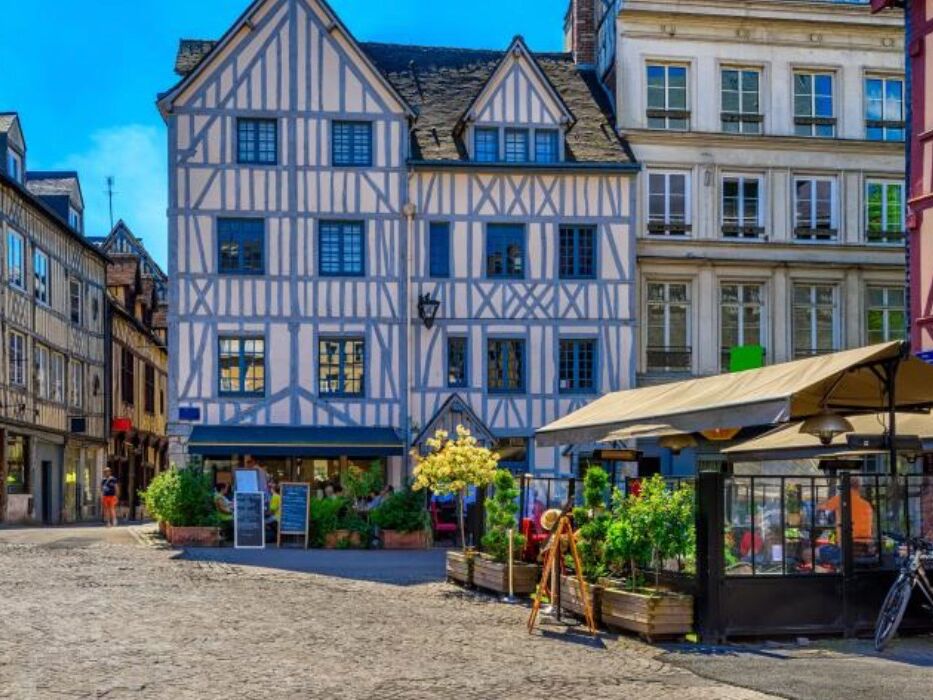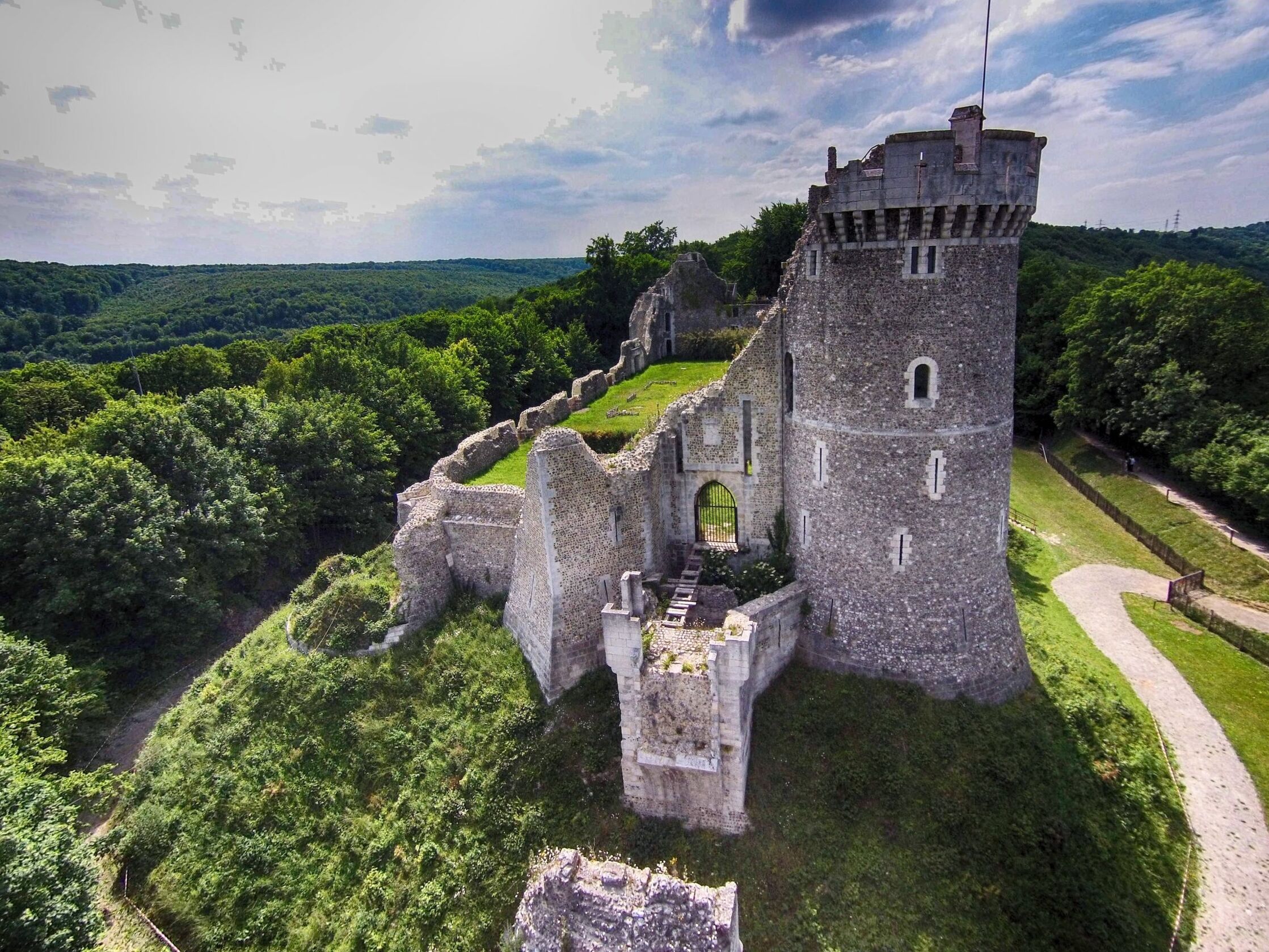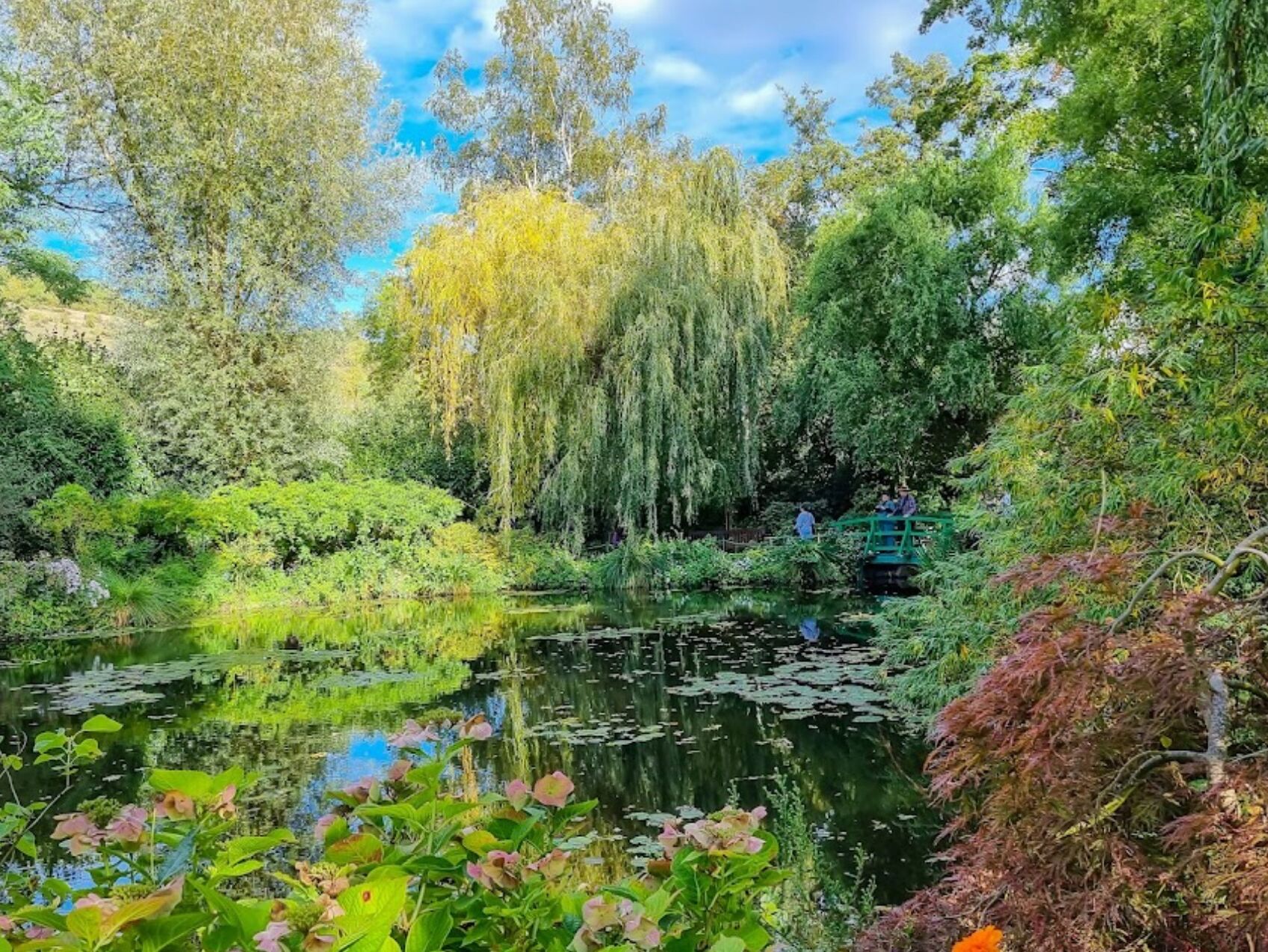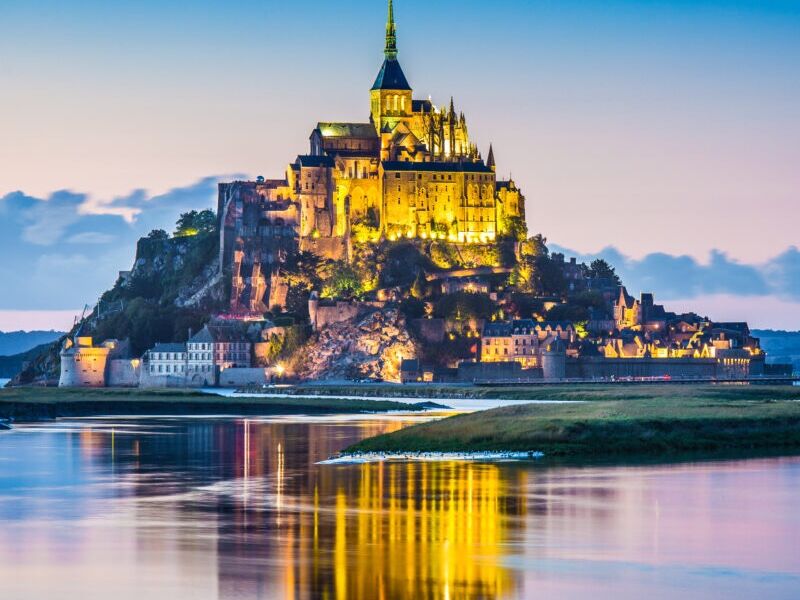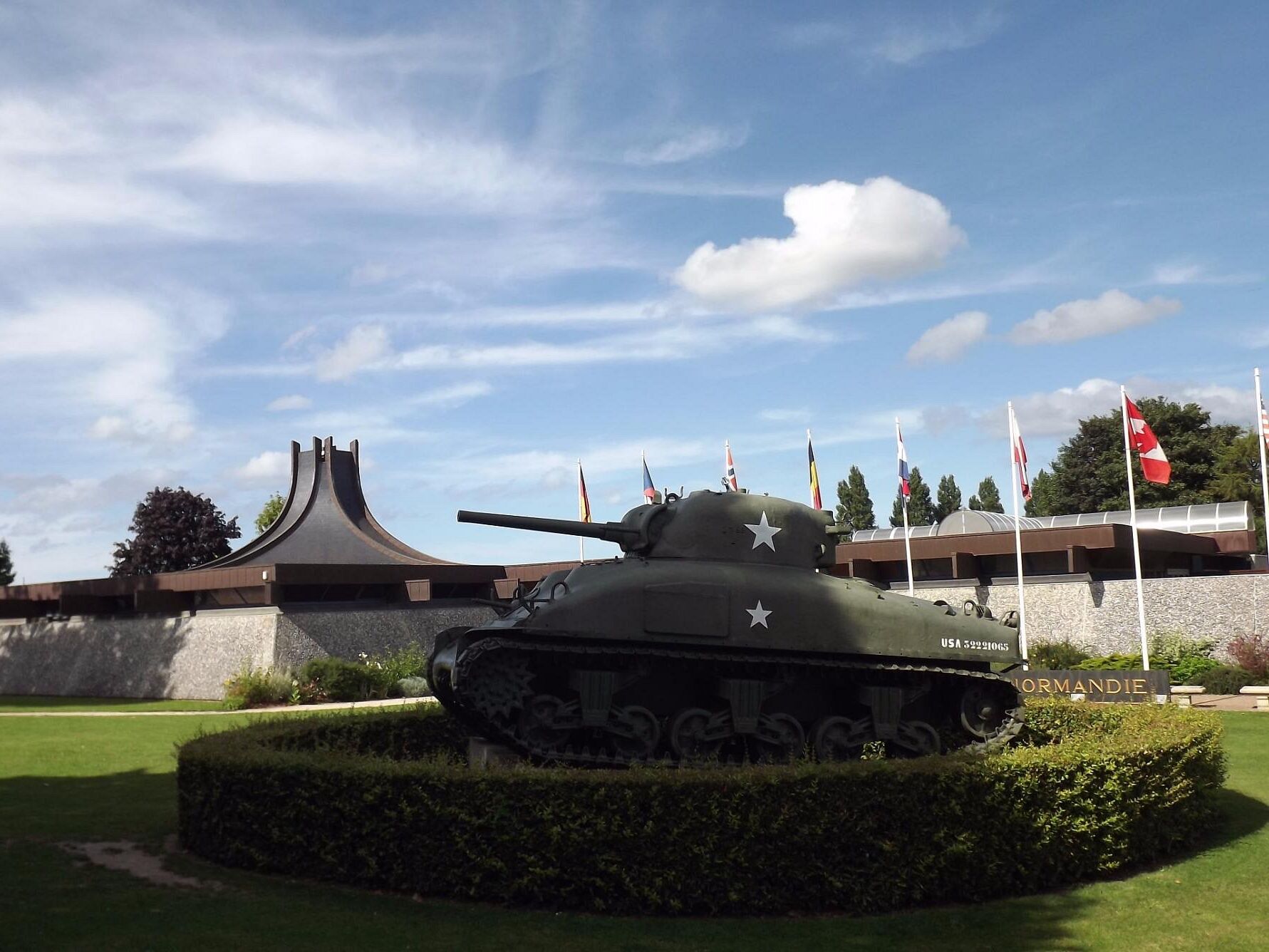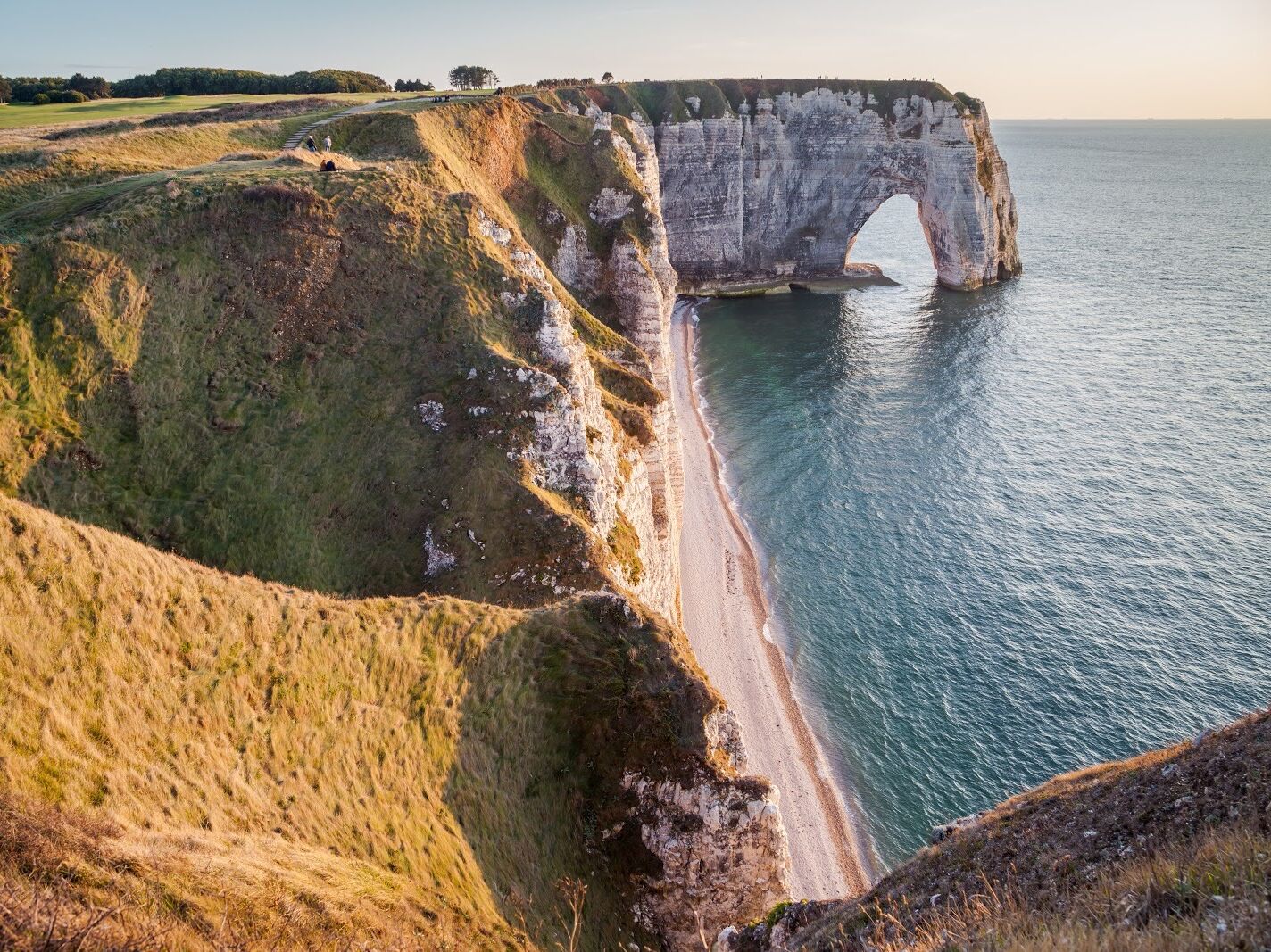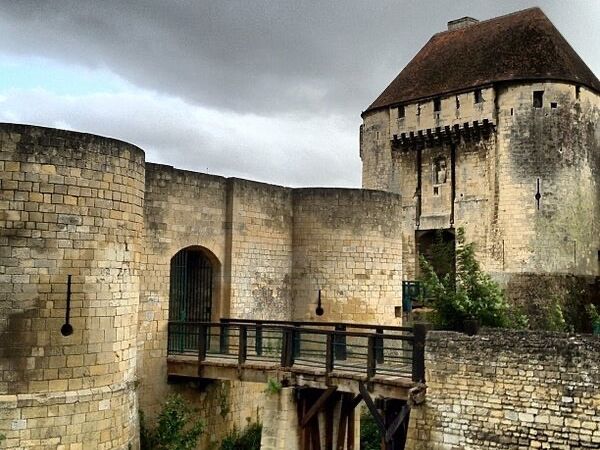
Ashleigh and Cole
Ashleigh and Cole
Local Things to Do
Things to do in/near Rouen
(30 - 45 minutes from venue)
Cathédrale Notre-Dame de Rouen
Rouen Cathedral is a Roman Catholic church famous for its three towers, each in a different style. The cathedral, built and rebuilt over a period of more than eight hundred years, has features from Early Gothic to late Flamboyant and Renaissance architecture. It also has a place in art history as the subject of a series of impressionist paintings by Claude Monet
Le Gros-Horloge
The Gros-Horloge is a 14th century astronomical clock installed in a Renaissance arch crossing the Rue du Gros-Horloge. The mechanism is one of the oldest in France, dating to 1389.
Rouen Museum of Fine Arts - Meeting of Metropolitan Museums (RMM)
The Musée des Beaux-Arts de Rouen is an art museum established by Napoléon Bonaparte in 1801. The collections include paintings, sculptures, and drawings from the Renaissance to the present day.
place du Vieux-Marché
Place du Vieux Marché, or Old Market Place, is best known as the spot where Joan of Arc was burned at the stake in 1431. Today it is a restaurant area which includes La Couronne, best known as the restaurant where Julia Child enjoyed her first meal in France.
Château de Robert le Diable
The ruins of Robert the Devil's castle stand on the foundations of a fortress whose existence dates back to the time of ducal Normandy in the 11th century. During its history, the castle was destroyed and rebuilt several times. It was dismantled for the first time between 1203 and 1204 then subjected to various repairs before experiencing further destruction related to the Hundred Years' War.
Things to do in Normandy
(1+ hours from venue)
House of Claude Monet
In this water garden you will find the famous Japanese bridge covered with wisterias, other smaller bridges, weeping willows, a bamboo wood and above all the famous nympheas which bloom all summer long. Monet would find his inspiration in this water garden for more than twenty years.
Circuit 24 Hours of Le Mans
Founded in 1906, the Automobile Club de l'Ouest (ACO) is the creator and organizer of major car events: the first Grand Prix in history in 1906 and then the 24 Hours of Le Mans from 1923. Can visit the resume or see a race (see website for dates)
Mont Saint-Michel
A magical island topped by a gravity-defying abbey the Mont-Saint-Michel and its Bay count among France’s most stunning sights, with history dating back to the 6th and 7th centuries. For centuries one of Europe’s major pilgrimage destinations, this holy island is now a UNESCO World Heritage Site, as is its breathtaking bay.
Museum of the Battle of Normandy
Situated near the British Military Cemetery of Bayeux, the Memorial Museum of the Battle of Normandy narrates the battles which took place in Normandy after the D-Day landings, between 7th June and 29th August 1944.
Falaise d'Aval
Etretat is famous for its three natural arches and white chalk cliffs that tower high over the Atlantic Ocean. These natural wonders are freely accessible, as is the white pebble beach. Claude Monet and other Impressionists famously painted the arches and cliffs in the nineteenth century.
L'Abbaye-aux-Hommes
The Abbey is a former Benedictine monastery in the French city of Caen, Normandy, founded in 1063 by William the Conqueror It is one of the most important Romanesque buildings in Normandy.
Caen Castle
The castle was built in 1060 by William the Conqueror, Duke of Normandy then King of England, the ducal castle in Caen is now home to the Musée de Normandie (Normandy Museum) and the Musée des Beaux Arts (Museum of Fine Arts).
Parc Michel d'Ornano
The park is dedicated to Michel d'Ornano, the President of the Lower Normandy Regional Council from 1983 to 1986. With its wide lawns and avenues of lime trees, this French-style park offers over 5 hectares of gardens for a stroll, as well as an unspoilt view over Caen from the Lebanon cedar that was planted in 1849.
